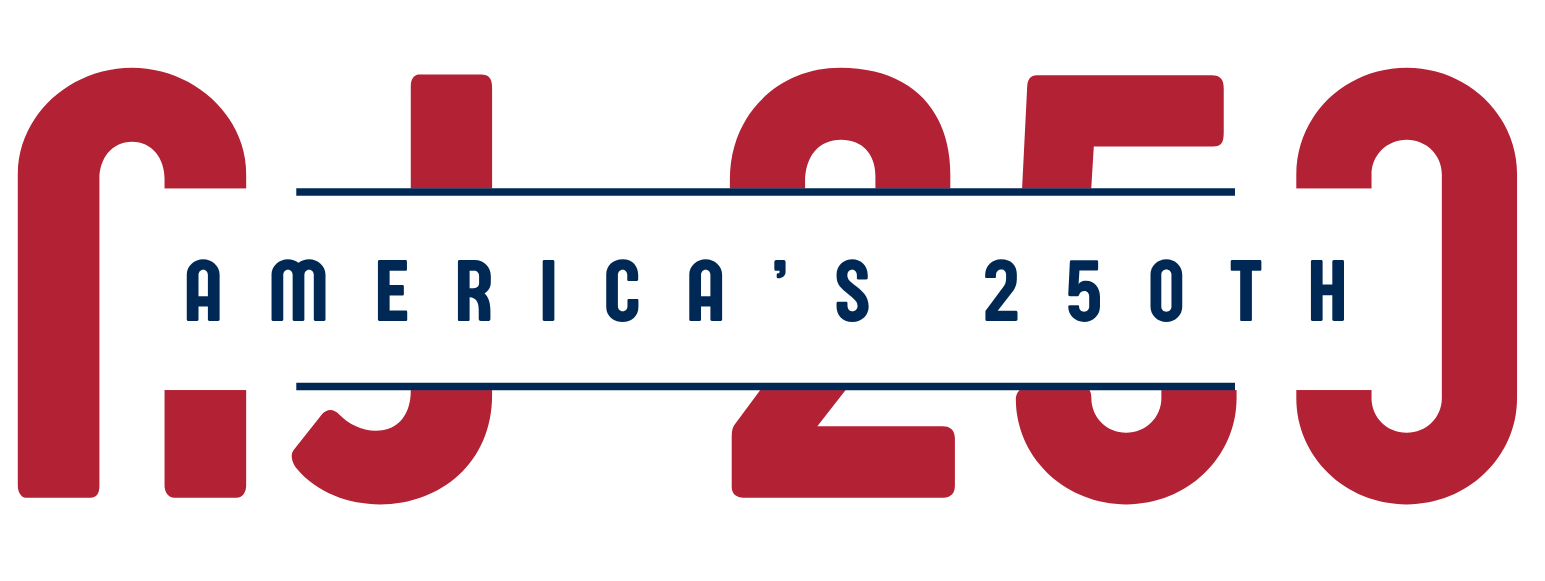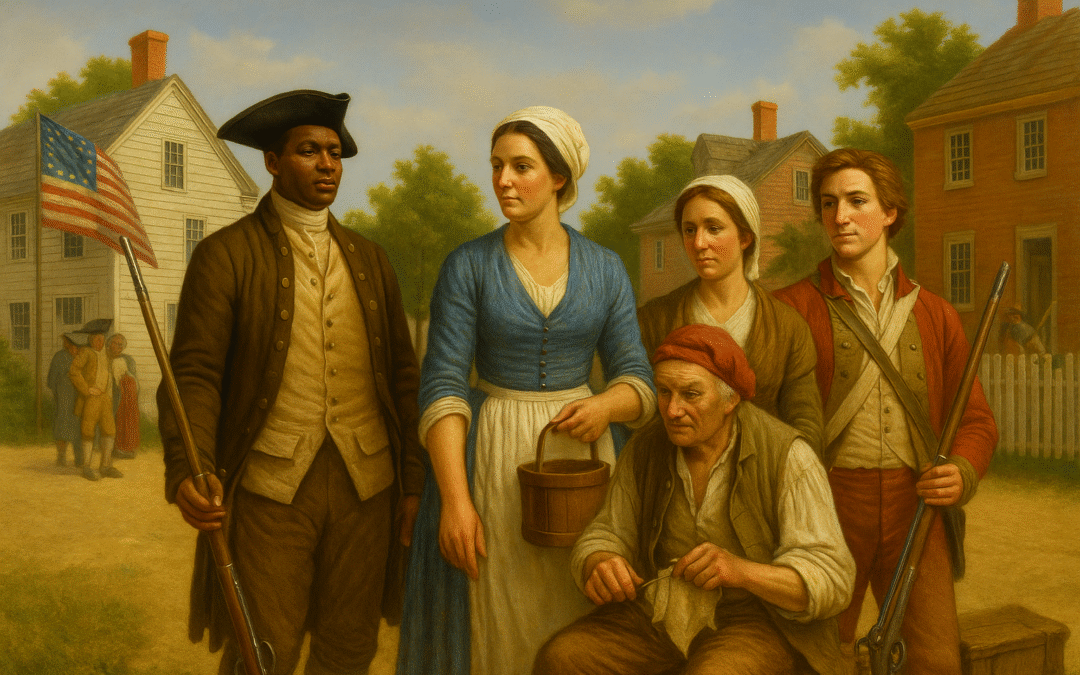New Jersey’s role in the Revolutionary War is often told through its battlefields and founding figures. But the story is far larger than that. The Revolution in New Jersey unfolded in towns, farms, and villages where countless individuals contributed without recognition.
Free and enslaved Black soldiers enlisted from across the state, serving in both integrated and segregated units. Women operated behind the lines as couriers, nurses, and caretakers. Many took over farms and businesses in the absence of men, sustaining households and communities throughout the war.
Mary Ludwig Hays, later known as Molly Pitcher, was one of several women who assisted artillery crews in the Battle of Monmouth. Dozens of others like her took similar action, though their names were not recorded. Lenape communities, already impacted by decades of colonization, were drawn into the shifting alliances and land disputes triggered by the war’s advance through their territory.
Immigrant laborers and tradespeople—German, Dutch, Irish, Scottish, and others—formed the backbone of militias and provided essential supplies, infrastructure, and local knowledge during critical military campaigns.
These are not side stories. They are part of the fabric of New Jersey’s revolutionary history. As NJ250 commemorates America’s 250th anniversary, we are working to ensure that these contributions are included in the broader narrative—not as footnotes, but as essential chapters.
To read more stories like these or to contribute your own, visit our Community Stories page or consider supporting the NJ250 Commemorative Book project.

